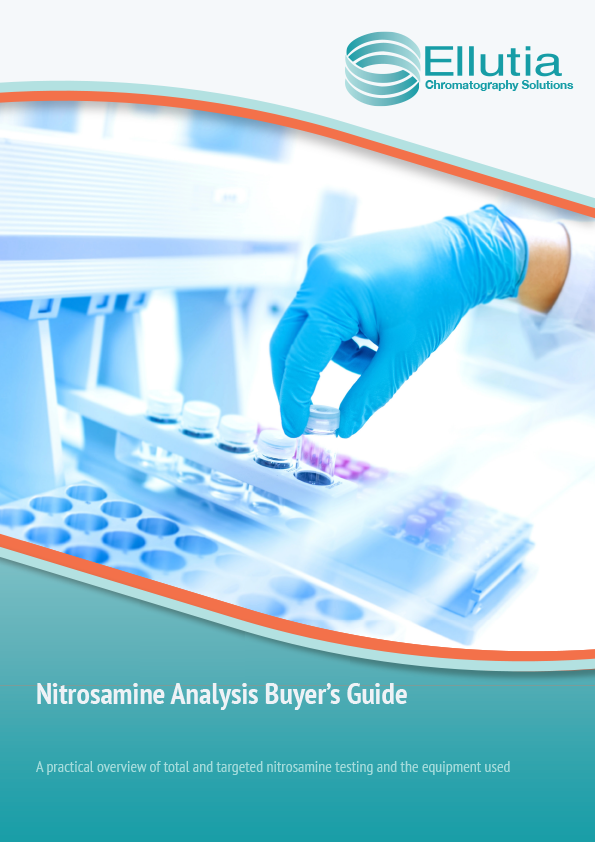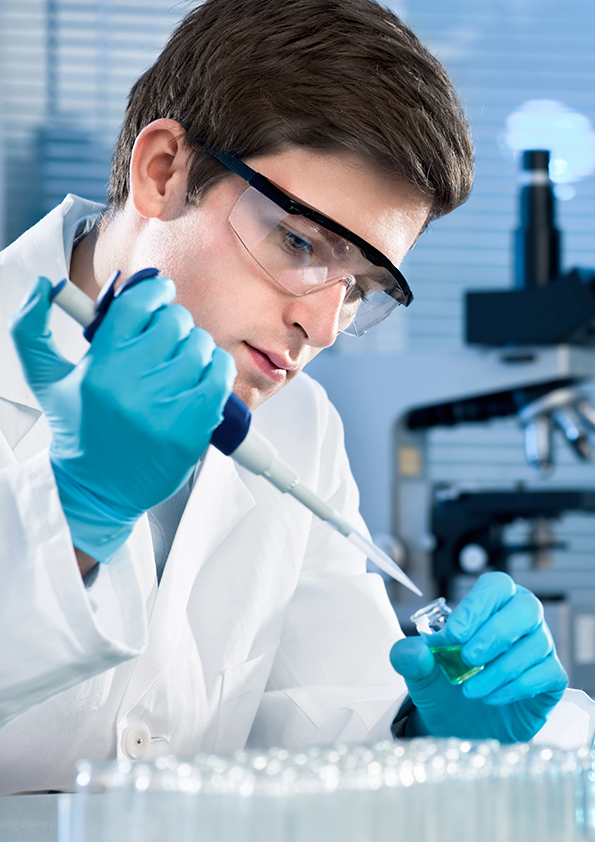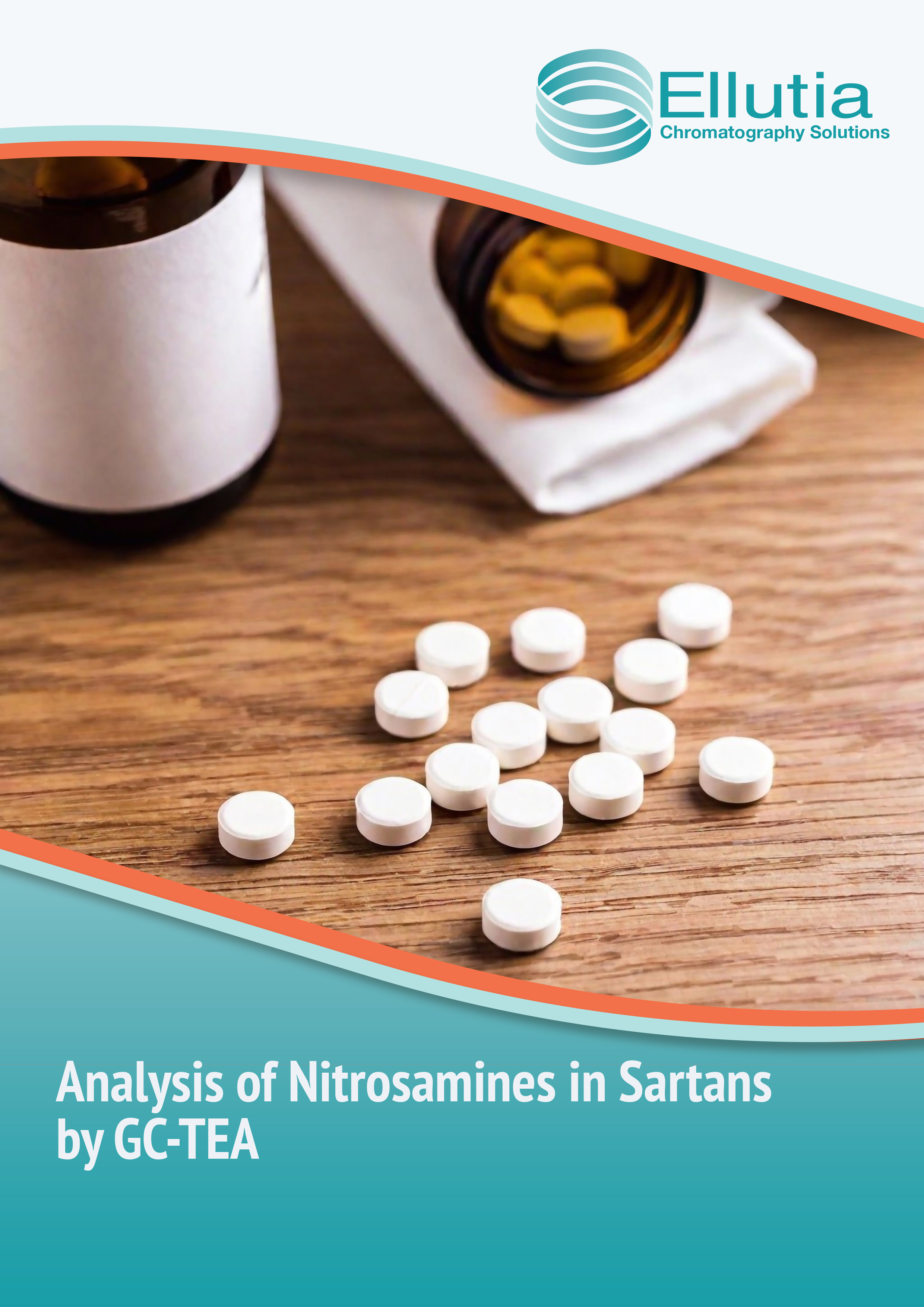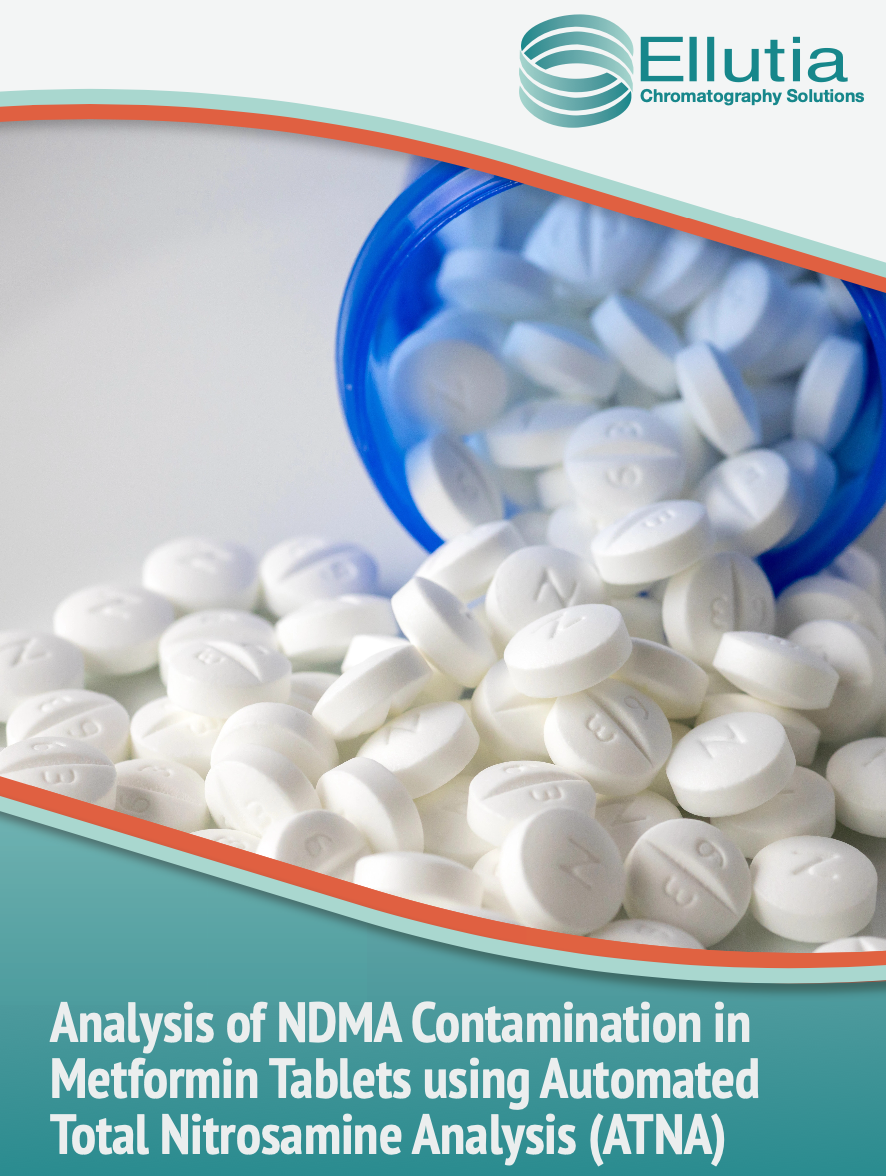Automated Total Nitrosamine Analyser
Detect all nitrosamines, even unexpected ones.
A fast, automated test that gives a single value for total nitrosamine content and highlights when further, spectated analys is needed.

Rising sample demands
Pharmaceutical and cosmetics teams now manage high sample volumes and increasing regulatory expectations. Many products, ingredients, and excipients need routine checks to understand formation risk.

Lack of fast screening
Detailed analysis often becomes the only option when no quick screening step is available. This slows investigations and makes it difficult to manage high sample volumes efficiently.

Need for quick answers
Teams need a quick way to see whether nitrosamines are present before committing time to deeper investigation. A simple pass/fail indication helps focus effort where it is needed.
One result for all nitrosamines
The ATNA measures the total amount of nitrosamines in a sample and reports a single value for the entire group. This includes known nitrosamines as well as those without standards or those that form unexpectedly during production or storage. It gives teams a fast indication of when further targeted testing may be needed.
This approach does not rely on individual compound standards, making it well suited to early screening and investigation work.
ATNA: an introduction
An introduction to the ATNA, showing how automated total nitrosamine screening works and where it fits into routine laboratory testing.
How automated total nitrosamine testing works
The ATNA measures total nitrosamines by heating the sample to release nitric oxide and then detecting this gas with a nitrogen-selective analyser. All nitrosamines contribute to the signal, which produces a single total value. This makes it straightforward to see when nitrosamine formation is occurring, even if unexpected compounds are present. It provides a quick way to decide whether further investigation is required.
-
Sample preparation
Samples are placed in sealed headspace vials and loaded into the autosampler. Each vial is mixed and heated to release nitric oxide from any nitrosamines present.
-
Release of NO
Heating breaks the nitrosamine structure and produces nitric oxide in the headspace. This approach allows all nitrosamines to be measured together, including those without available standards.
-
Selective detection by TEA
The vapour is drawn into a thermal energy analyser, which responds only to the nitric oxide group. This selectivity removes background interference and provides a clear total nitrosamine value.
-
One results for all nitrosamines
The final output is a single value that reflects the total amount of nitrosamines in the sample. This gives a quick indication of whether formation is taking place and whether targeted analysis should be considered.
From tablet to chromatogram
An step by step demonstration of the screening process, from sample preparation to total nitrosamine measurement.
Working with your samples
Whether you’re testing solid dose products, lotions, shampoos, or other materials, we can show how your samples fit into the screening process.
Built for routine, high-volume testing

Sensitivity
Detects total nitrosamines down to low ppb levels, providing clear results even when concentrations are minimal.

Capacity
Holds 120 headspace vials, making it suitable for batch screening and longer unattended sequences.

Throughput
Processes up to 10 samples per hour, giving teams quick access to clear screening results.

Footprint
Fits on a standard laboratory bench and integrates easily with existing gas supplies and workflows.
Suited to a wide range of industries
Resources
Nitrosamine Education
Application Notes
ATNA Brochure
Everything in one place, bringing together how the screening works, the step-by-step process, and full system specifications.

Frequently Asked Questions
-
What does the ATNA measure?
The ATNA measures the total amount of nitrosamines in a sample and reports a single combined value. This includes known nitrosamines as well as those that may form unexpectedly or do not have available standards.
-
Does the ATNA identify individual nitrosamines?
No. The ATNA is designed for total screening rather than compound identification. It shows whether nitrosamines are present and when further targeted analysis may be required.
-
How does the ATNA fit alongside GC or LC methods?
The ATNA is typically used as a first screening step. When a total nitrosamine result indicates formation, targeted GC or LC methods can then be used to identify and quantify individual compounds.
-
What type of samples can be analysed?
The ATNA is used with a wide range of sample types, including solid dose products, liquids, creams, and other complex matrices. Preparation and handling depend on the sample, and suitability can be discussed in advance.
-
Is the ATNA suitable for routine testing?
Yes. The system is designed for routine, high-volume screening, with automated operation and capacity for unattended runs.
-
How quickly are results available?
Once samples are loaded, results are generated quickly as part of the automated sequence. Throughput depends on method settings, but the system can process multiple samples per hour.
-
Does the ATNA require nitrosamine standards?
No. Because the ATNA measures total nitrosamines via nitric oxide detection, individual compound standards are not required for screening.






